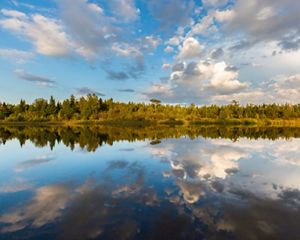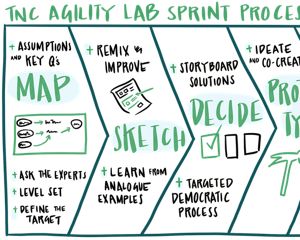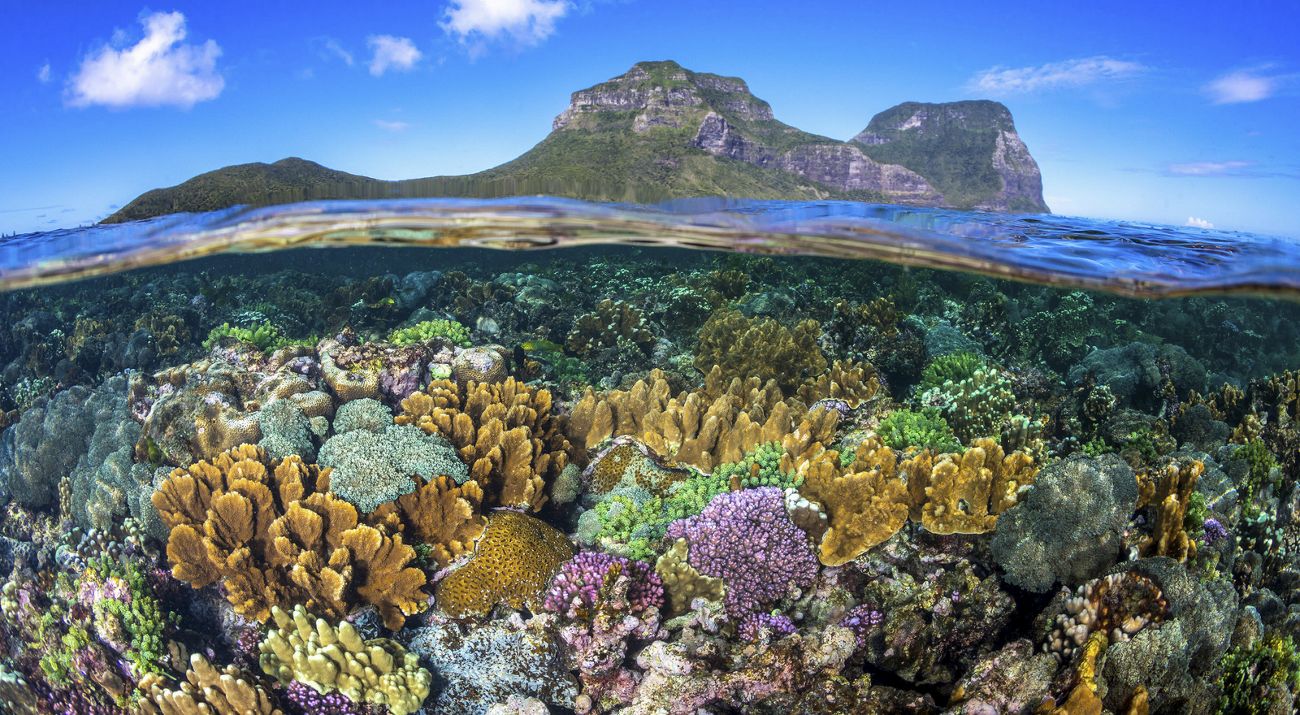
In conservation, most of us are either practitioners or scientists, and when we approach problems, many of us try to create solutions that will provide incremental improvements— maybe ten percent better—than existing solutions. That’s a great approach, but we need to find ways to increase that percentage so we can really transform our solutions and tackle the challenges we’re facing, moving the needle at a global scale.
Recognizing we need to do more in this determining decade, we have all been through brainstorming sessions in an effort to get creative and approach the problem from a different angle. Often, though, they seem to be endless, feel untethered from reality, and can sometimes lack substance.
It’s becoming evident that when developing solutions, neither approaching with just practical science or creative brainstorming is enough on its own, so a question we asked ourselves as we were approaching our hybrid coral reef project was: how do we harness both the creative, untethered thinking of a brainstorm and combine it with the deep expertise and knowledge from practitioners and scientists to develop new disruptive concepts?
Quote
How do we harness both the creative, untethered thinking of a brainstorm and combine it with the deep expertise and knowledge from practitioners and scientists to develop new disruptive concepts?
In the coral restoration space, there is a growing interest in hybrid coral reefs. The concept has been floating around for a long time, a few pilot structures are out there, and many other types of coral restoration projects exist. None of them have demonstrated that they can successfully provide coastal protection AND restore degraded coral reefs. While there is a lot of interest in hybrid coral reefs from governments, agencies, and the private sector, our team repeatedly heard them say “we would fund a project / implement a structure / develop a product if someone could demonstrate that hybrid coral reefs work.” So, our team set out to develop a hybrid reef concept that we could ultimately turn into a demonstration project. Otherwise, it stays a nice idea, a concept on paper.
When looking at previous projects, we noticed teams were working in silos. For example, engineers were coming together to design submerged breakwaters that provide coastal protection, but the solutions were not designed with for corals in mind. Similarly, biologists were coming together building structures that provide habitat for corals and reef fish, but they were too small to attenuate waves. We realized we needed to have everyone in one room. To do so, we ran an Agility Lab Design Sprint to bring together experts from different backgrounds to really get the creative juices flowing to brainstorm ideas and converge on a few designs grounded in science and practical knowledge.
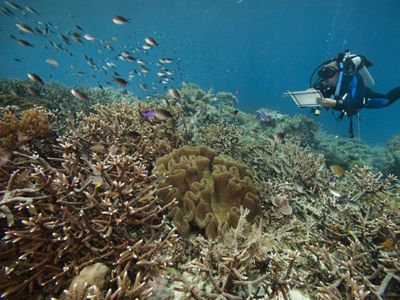
Our goal while going through our multi-perspective sprint was not to come away with a final, ready-to-implement solution, but instead unlock some new thinking so we could develop some early prototypes and valuable insights, giving us pathways that help us pursue a transformative solution.
During our two half-day sprint, we had about 12 people join the discussion and brought in an illustrator to live sketch the designs as people were describing their ideas– this really helped since the sprint was conducted virtually and our concept is very visual. On the first half-day, participants brainstormed ideas individually, and then in small teams. And on the second half-day, the group used the visualizations to critique and adapt the designs. By the end of the sprint, we had developed a number of new concepts to further explore that we would not have thought of before. In addition, we identified assumptions to test to build our solution and put us on course for high impact. For example, we identified the need to estimate the market size for hybrid reefs and that the design needs to be easily adaptable to different locations if this is to be a scalable solution.
The kinds of insights and concepts that came out of the sprint were genuinely collaborative and not something that any of us individually could have come up with on our own. It was really the synergy of the group thinking and problem-solving that got us there. With the solid work done upfront, this process got us further down the track and moving toward a high-impact solution faster than we would have otherwise – which is important–because coral reefs are disappearing rapidly and “ten percent better” won’t cut it anymore.
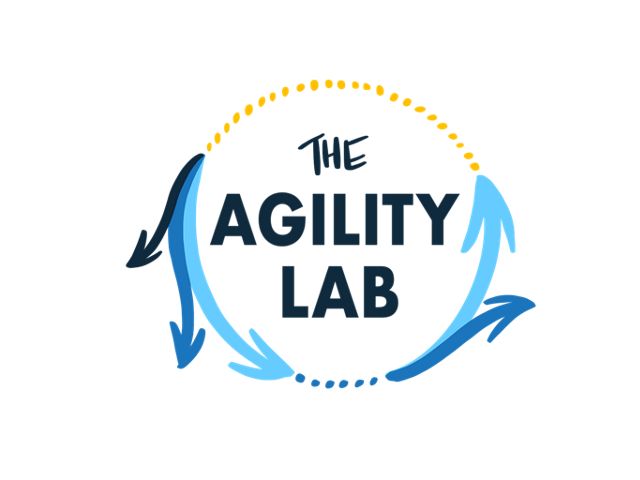
What Is The Agility Lab?
TNC recently launched The Agility Lab to modernize the way we approach conservation, offering several tools to change the way we do business.
